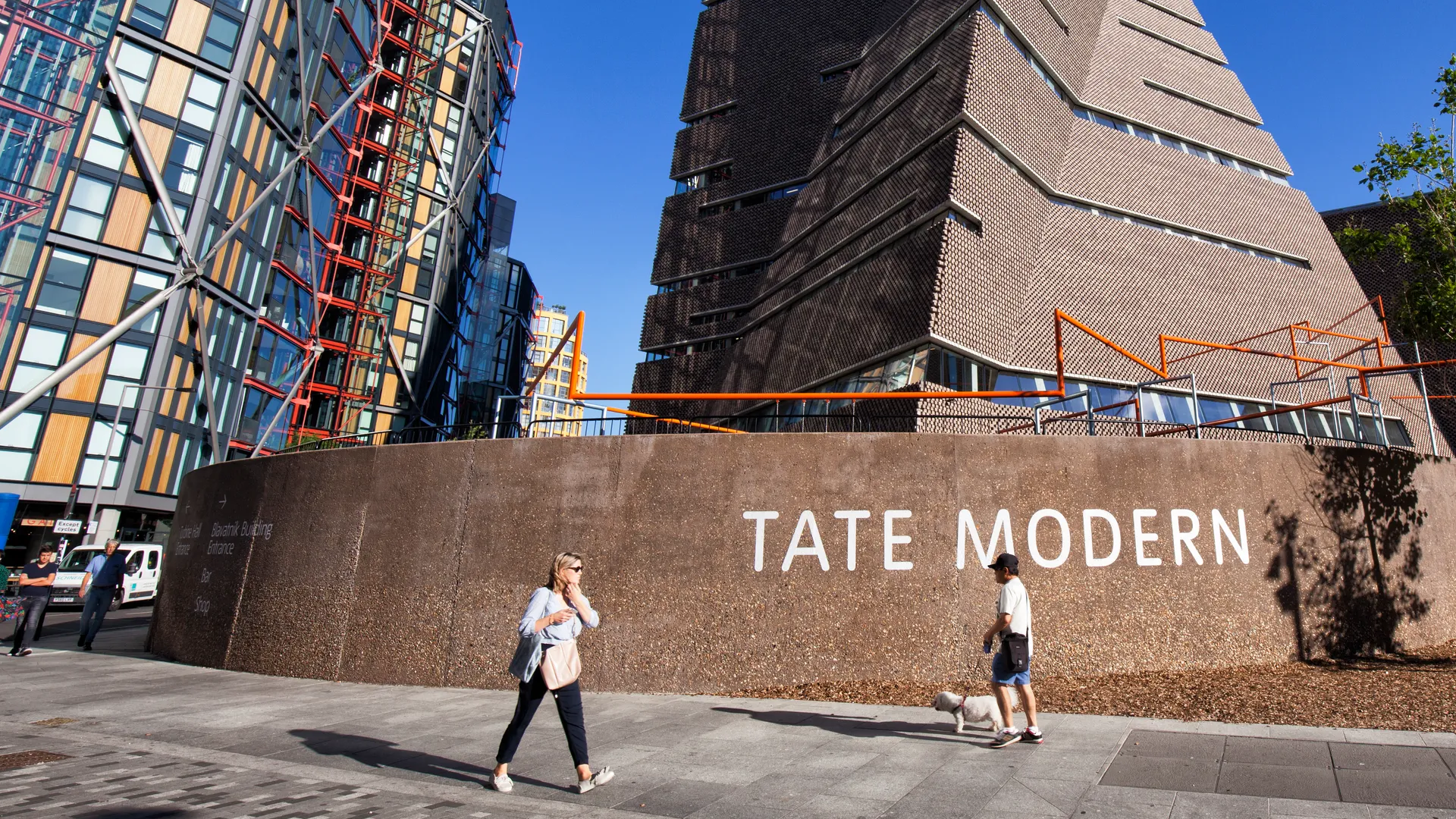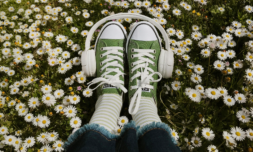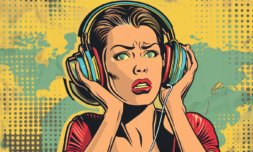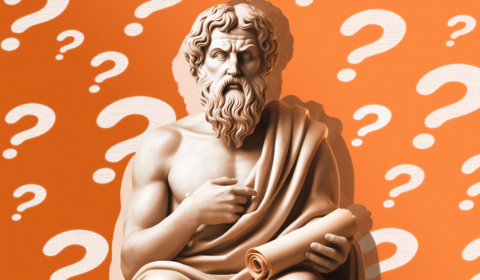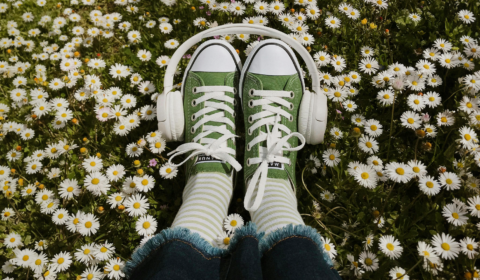The gallery’s dismissal of Vekselberg and Aven comes after swathes of British cultural institutions rush to distance themselves from wealthy donors linked with Putin’s government.
US leaders have also released a list of prominent individuals to be targeted with national sanctions, stating on Friday that Vekselberg had ‘maintained close ties’ with Putin and his private jet and yacht had been marked as ‘blocked property.’
Aven also boasts a $5.5b fortune, and owns the lavish Ingliston House near Virginia Water in London. The sprawling estate covers 8.5 acres and houses a collection of artworks including those by Kandinsky, Henry Moore, and Antony Gormley.
Labour MP Chris Bryant said last week that supporters of Putin should be ‘removed’ from Britain’s cultural institutions, encouraging Tate to sever ties with Kremlin-linked investors.
Vekselberg’s expansive wealth, totalling around $9.3bn, has been used to invest heavily in western institutions. Beyond Tate, the oligarch had also donated to the US Lincoln Center and Massachusetts Institute of Technology.
Both spaces were quick to remove Vekselberg from their boards following Putin’s invasion of Ukraine, while Tate was slow to take action. Bryant criticised the gallery’s passive response; ‘Of course Putin supporters should be removed from our cultural institutions’ he said. ‘Galleries and museums should run a mile from blood-drenched Russian money.’
Tate’s initial response to public criticism was vague, suggesting that Vekselberg and Aven’s historic donations didn’t constitute sanctions; ‘Neither of these individuals are current donors, and there are no UK sanctions on any of Tate’s supporters.’
But just this week, the institution made a sharp U-Turn. ‘Mr Aven’s support of Tate has now ended’, the group announced publicly. Aven’s recent donation the Francis Bacon exhibition ‘Man and Beast’ at the Royal Academy was also returned earlier this month, after he stepped down as a trustee of the gallery.
Tate has confirmed that it now holds no further relationships with donors, past or current, associated with the Russian government. Those in question have refused to comment, rejecting the sanctions as ‘spurious and unfounded.’
The art world’s ability to sanction governmental powers is a nod to the industry’s expansive role in shaping our socio-political landscape. Tate’s removal of Aven and Vekselberg is a positive step in protesting the war on Ukraine, but extortionately valuable artworks remain in the hands of Russian oligarchs.
Ironically, many of these pieces were created by artists on the fringes of society. Those like Kandinsky, who adopted an abstract style to project an anti-institutional sentiment and celebrate bourgeois identity.
Public pressure on British galleries like Tate reveals this avid belief that art has the power to change things. But perhaps it is simply a means to our peace of mind, a way of assuring ourselves that the need to observe conflict can be justified by protesting those who profit from it.
Now, as we watch Putin wage war on Ukraine, the art world is re-exploring its wobbly relationship with conflict. The Clark Art Institute in Massachusetts has unveiled a new show, ‘As They Saw It: Artists Witnessing War’. The collection of drawings, paintings, and photographs unpicks our thwarted fascination with war, and our unending desire to document it.
The actions of Tate and other art institutions highlight this sobering fact: that whether created as a responsive commentary, or claimed as a pawn in international conflicts, artworks continue to hold immense power over global relations and everyday life.









